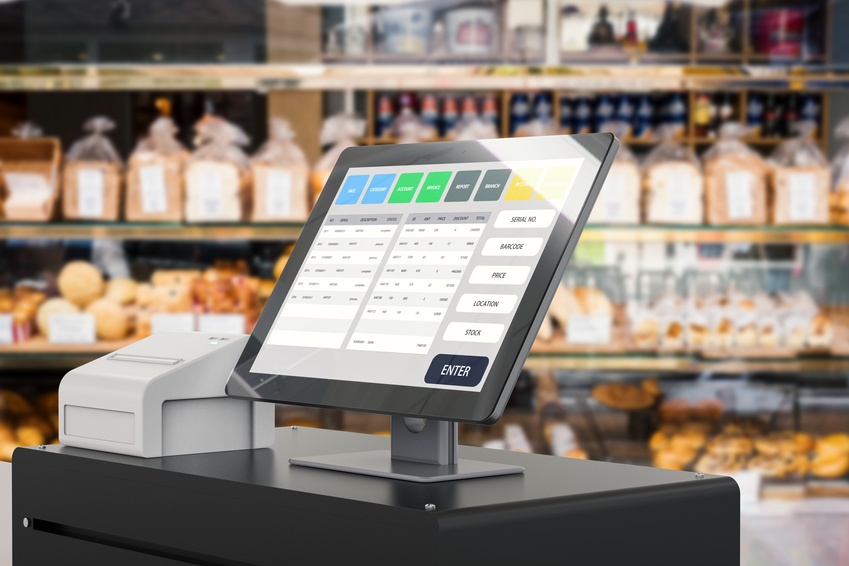In a market plagued with inflation on a global scale (like the one we are living in right now), businesses face a range of increased risks. One of these includes currency risk.
While currency risk is always in play for IT businesses operating in multiple currencies, the risks grow larger during periods of inflation. Here is what you need to know.
What Is Currency Risk?
If currency risk is not an everyday term for you, that is ok. To refresh your memory, here is a working definition.
Currency risk (also known as exchange-rate risk) is the threat of financial losses incurred through fluctuations in the value of a currency relative to another currency. It is a concern for two primary groups: the first group is investors building global portfolios, where localized overseas gains could be wiped out by a slide in the local currency compared to the US dollar (for US investors).
The second and far more relevant group is businesses with a multinational footprint. When currencies fluctuate at uneven rates, income in a specific international market can undergo currency risk and devaluation.
How Does Inflation Impact Currency Risk?
Inflation does not happen evenly across economies and currencies. It is not even consistent within a single economy or currency. As a result, periods of marked global inflation carry a higher currency risk because individual currencies experience inflation differently.
In more normal periods, the risk tends to be a little more one-way; the US dollar, British pound, or Euro remain fairly stable, while other currencies fluctuate around them.
In a period of global inflation, currency risk can be much more dynamic as any of the traditionally more stable currencies face stronger inflationary pressure than other more minor currencies. Or not. There is no predicting what will happen.
Which Businesses Face Currency Risk During Periods of Inflation?
The same businesses that face currency risk during more stable periods are businesses that have operations in multiple countries that are faced with pronounced currency risk during periods of inflation, while those that operate only domestically face much less.
So, in the world of IT project management, IT deployment, and related service delivery, businesses that work with global clients face elevated currency risk. Consider the QSR IT deployment industry. Paying local installers in another country requires a contract that is almost certainly designated in the workers’ currency, not the company’s. The same is true of ordering parts from local suppliers or renting heavy equipment.
The risks facing a domestic company are not only currency risk but also the results of global inflation. Products and components may cost more, and those sourced outside the home country may see greater price increases.
Strategies for Mitigating Currency Risk and Inflation
So, what can you do to mitigate currency risk and inflation when it comes to service delivery and IT deployment projects? Here are a few strategies to consider.
Execute Contracts Quickly
The more time transpires between signing a contract and completing and invoicing that contract, the greater the chances that inflation or other currency risks will disrupt the process. So, whenever possible, it is best to execute contracts quickly. By reducing the window during which one or both currencies fluctuate, you will reduce the likelihood of significant changes.
Add an Inflation Clause to Contracts
For contracts not quickly completed, it may be wise to begin adding some sort of inflationary clause to the contract. You could, for example, state that the contract is based on a certain currency ratio and may be adjusted within a certain percentage range based on currency risk or inflation.
Forward Contracts May Be an Option
Though a forward contract will not be right for every business or every scenario, it could be an answer to some currency risk scenarios. This is a complicated and highly flexible financial instrument, and it is not something you should jump into solely based on this mention. But the basic idea is locking in a contract-defined exchange rate that both parties agree to for a set period. Wherever the actual exchange rates fluctuate, both parties honor the contract rates.
Stick to US Currency
This is not always possible, but if you can craft your international contracts in US currency rather than local ones, you will reduce currency risk. You will still be subject to inflationary concerns, not just exchange rate concerns.
The businesses on the other end of the contract may raise issues (or rates), but this strategy is worth considering in some situations.
Know the Risks
Knowing the economic risks of a target market is good business advice in any season, especially during periods of inflation. You cannot account for everything, of course, but there is a reason no one builds a franchise during an active civil war.
Choose a Partner With Experience in IT Deployment to Navigate Currency Risk
Ultimately, the best solution for mitigating currency risk is working with the right partner for your global IT deployment needs.
Kinettix has had a global footprint for many years, working in over 90 countries to ensure that businesses’ global IT deployments operate on schedule and up to standard. Kinettix knows the complexities of currencies, exchange rates, and economic policy and can help you better navigate those waters. Instead of navigating these issues alone, work with Kinettix to keep projects and profits moving. Contact us today.






